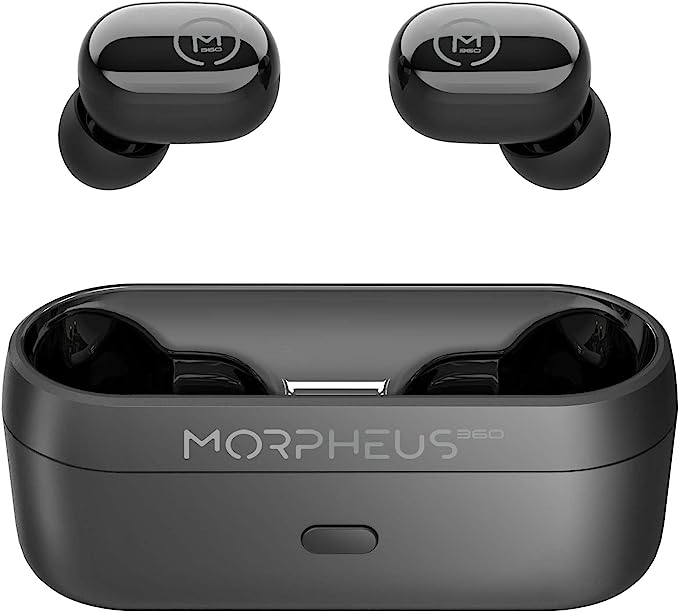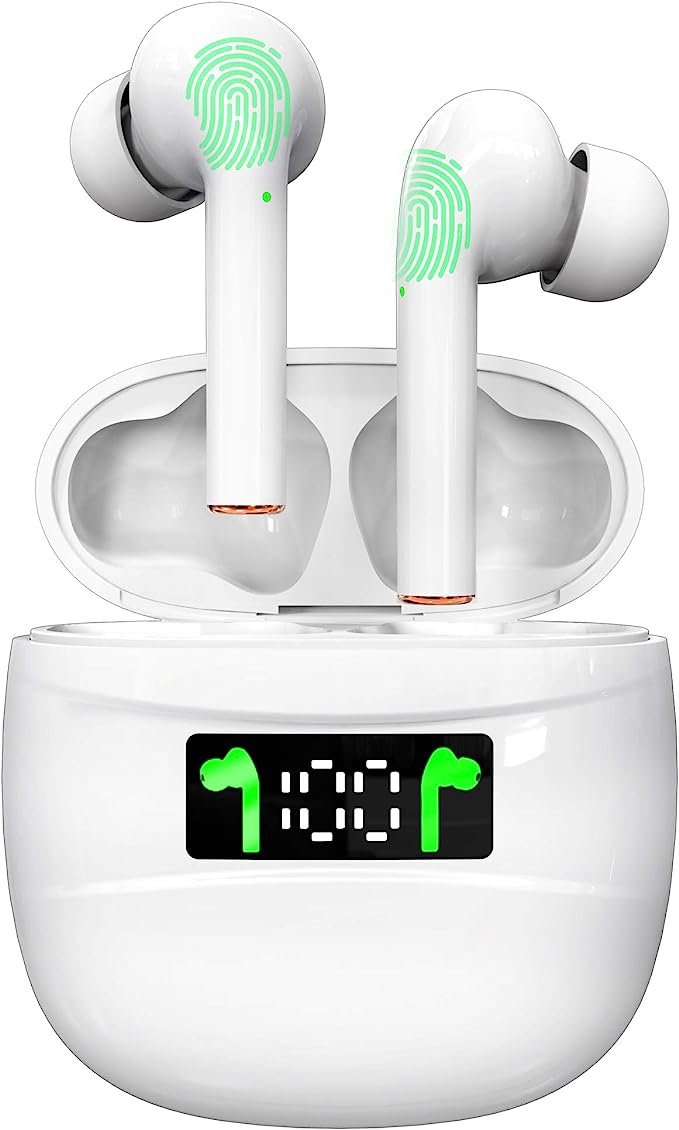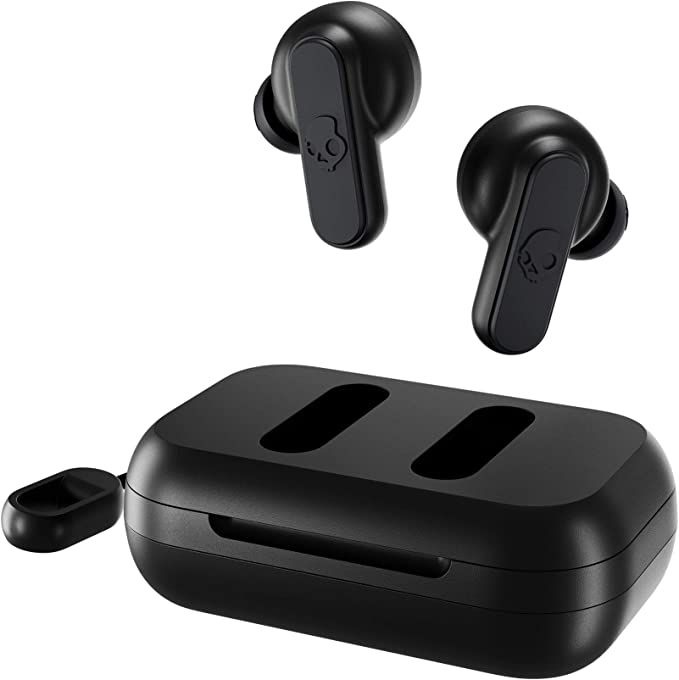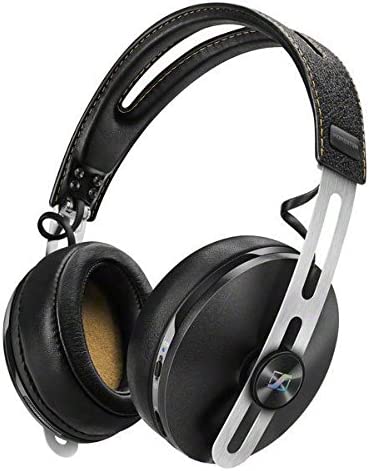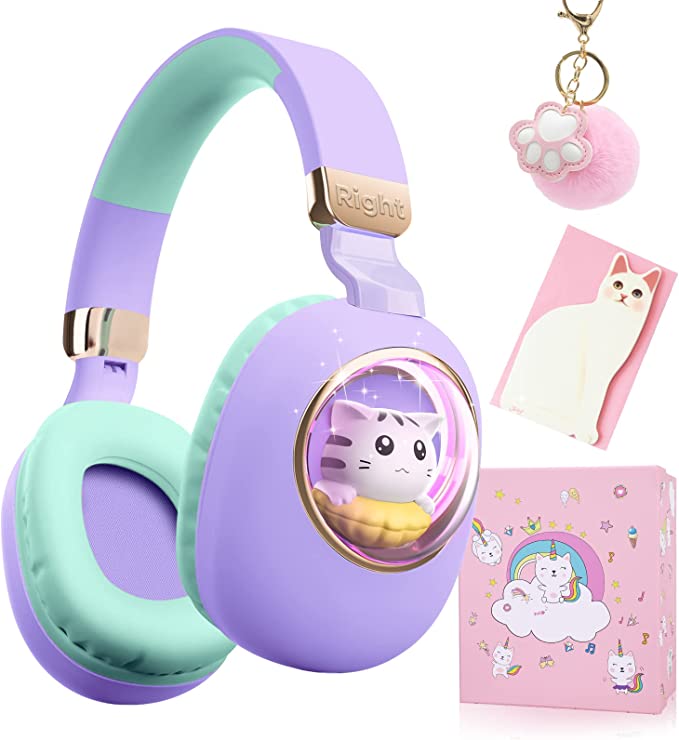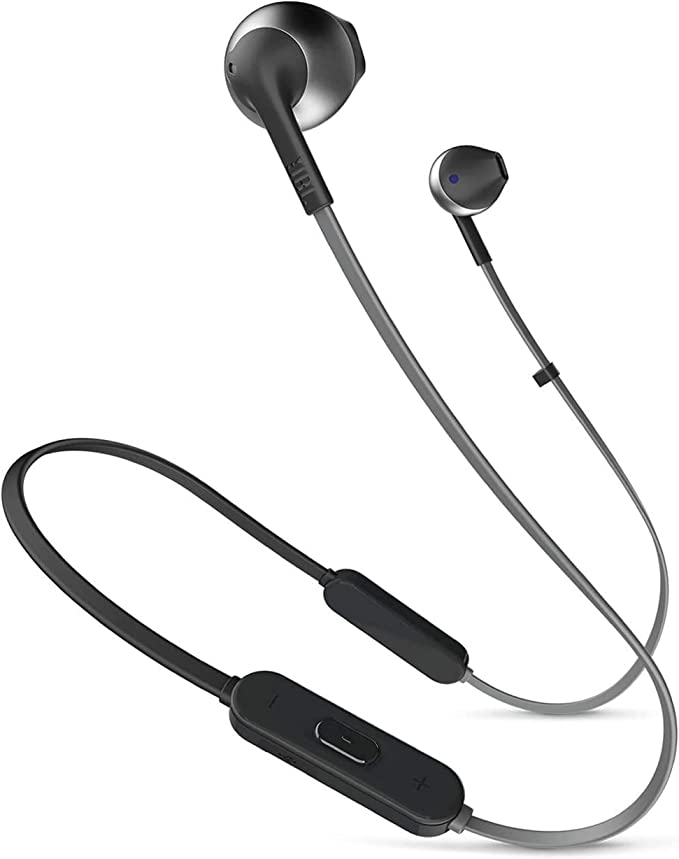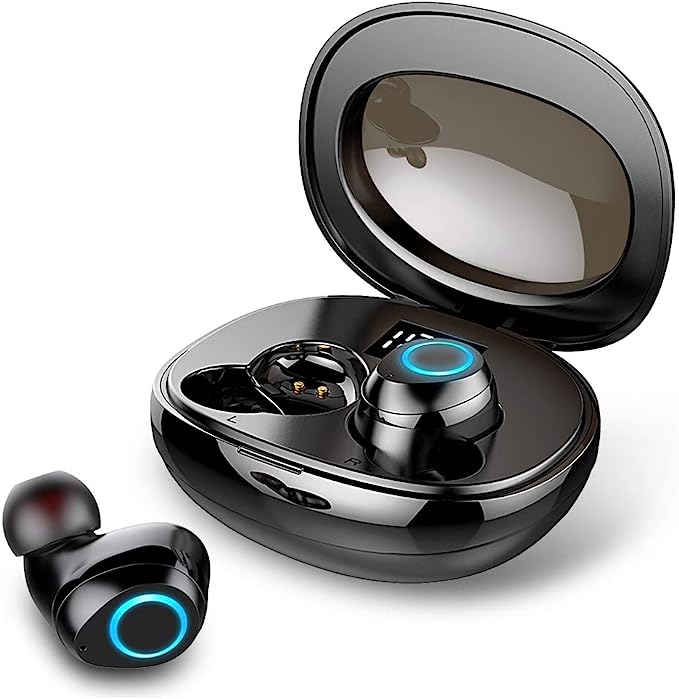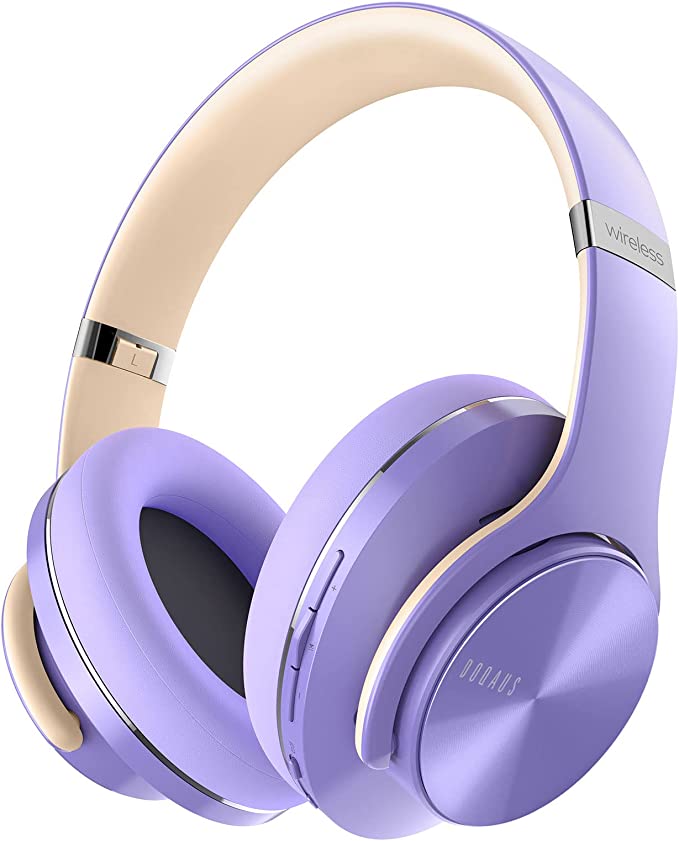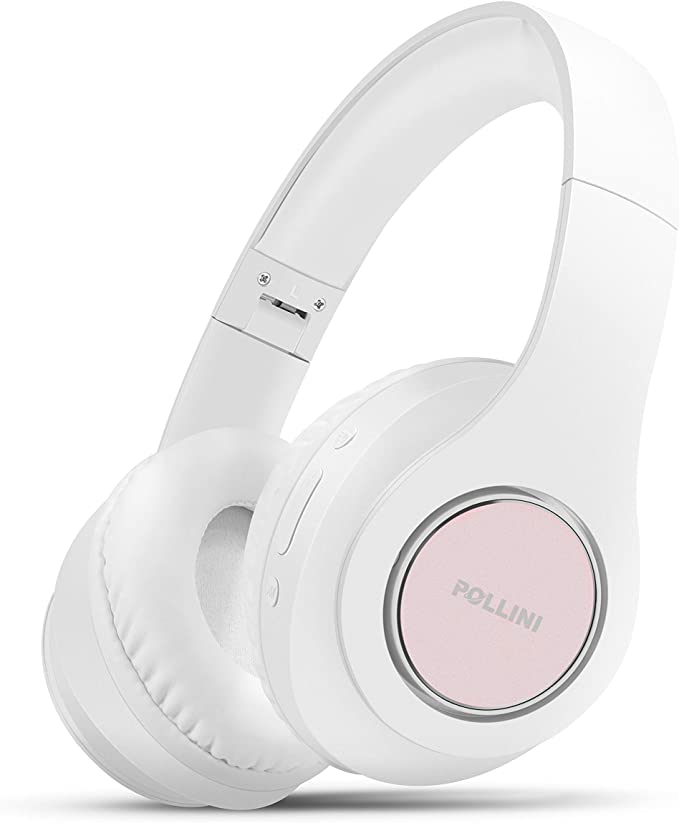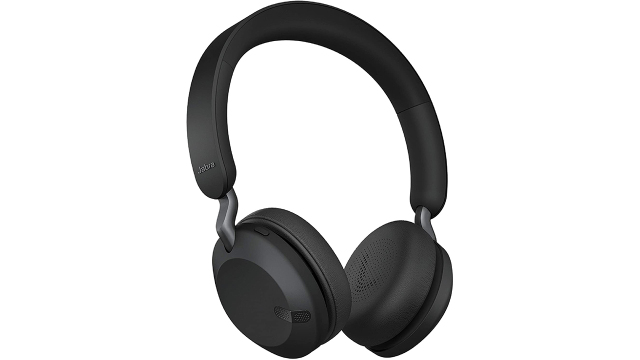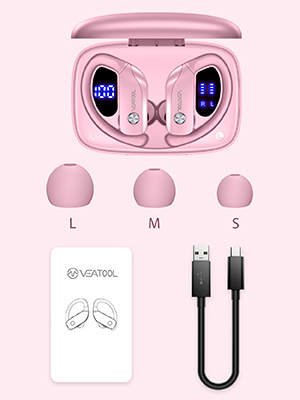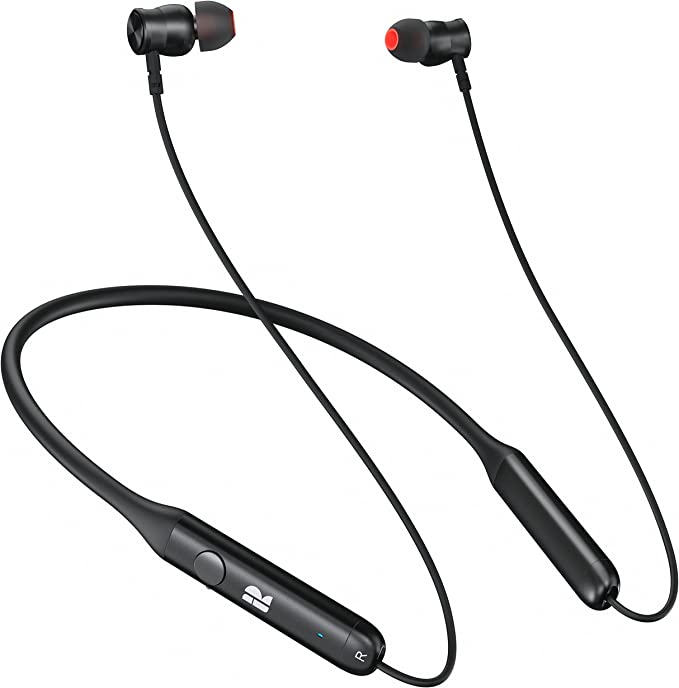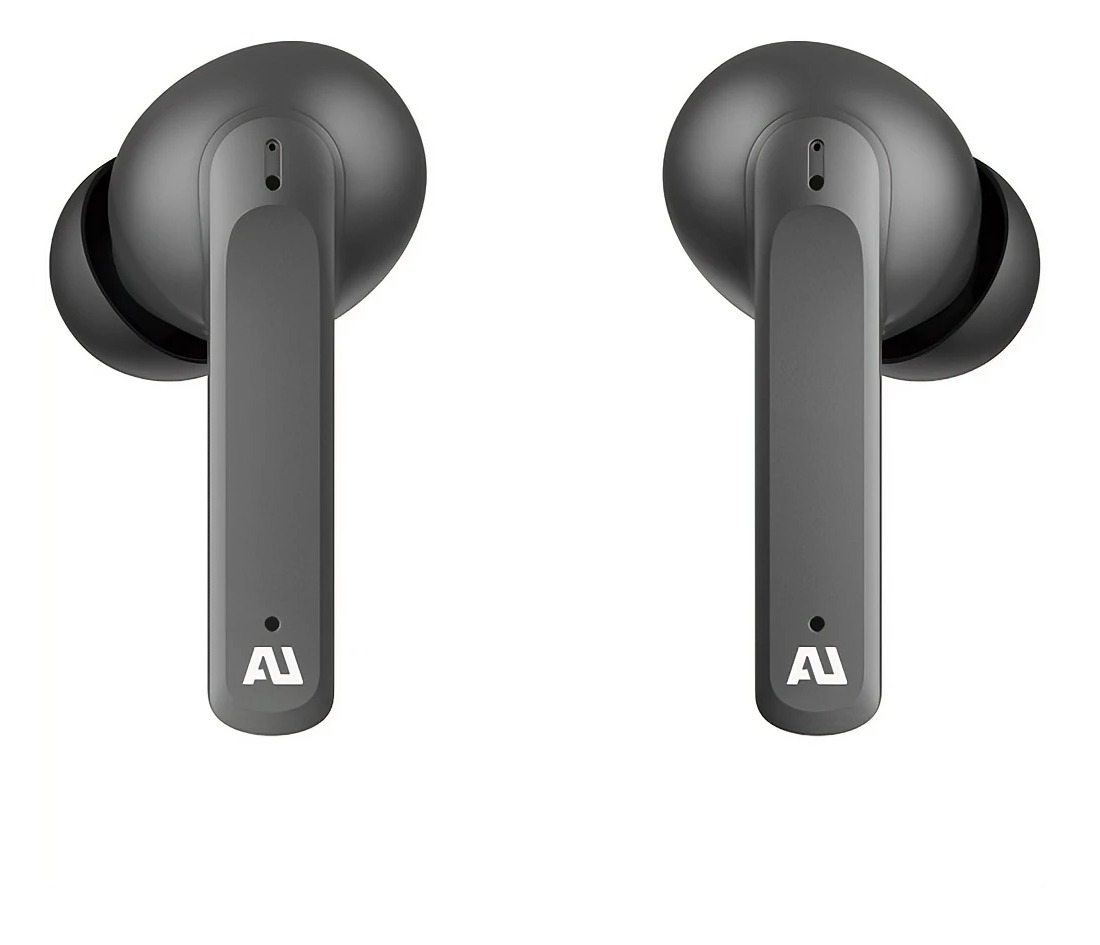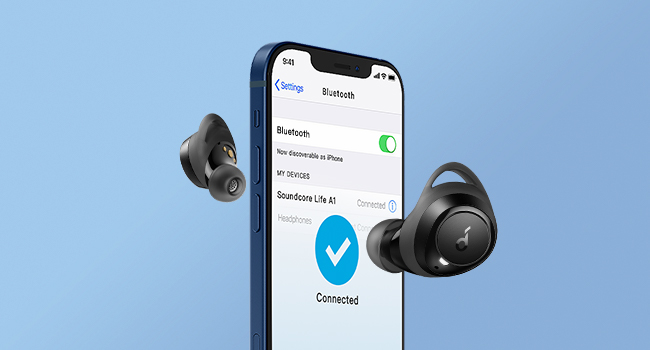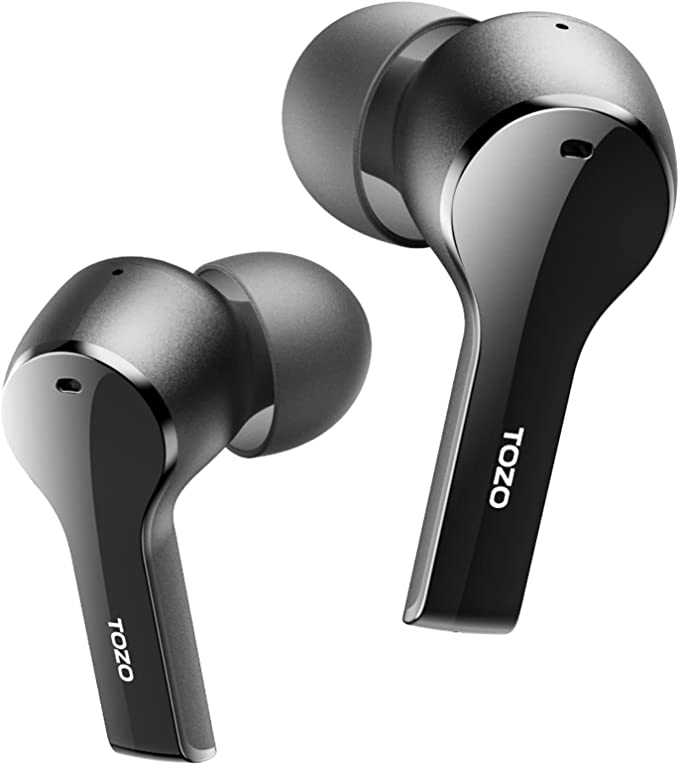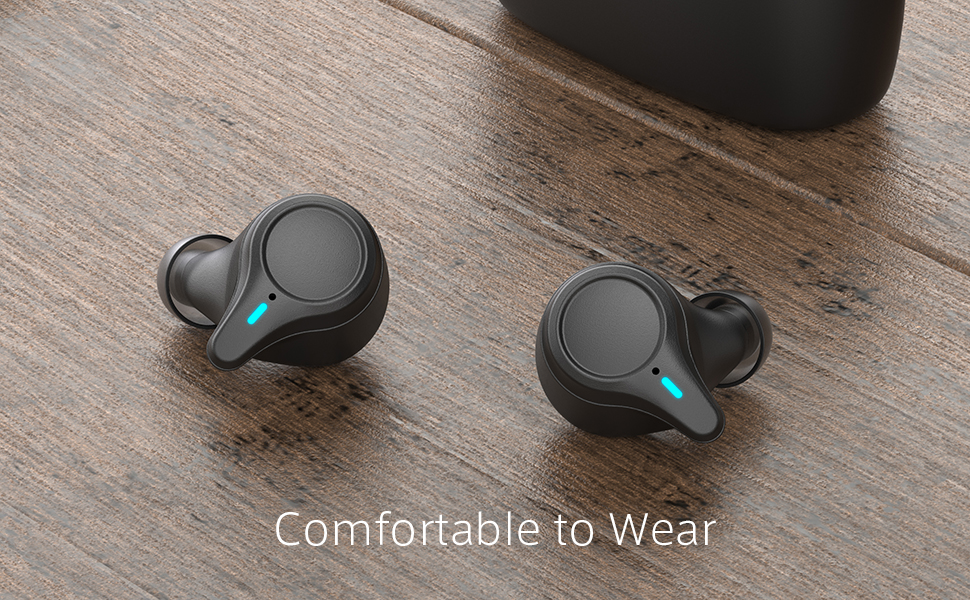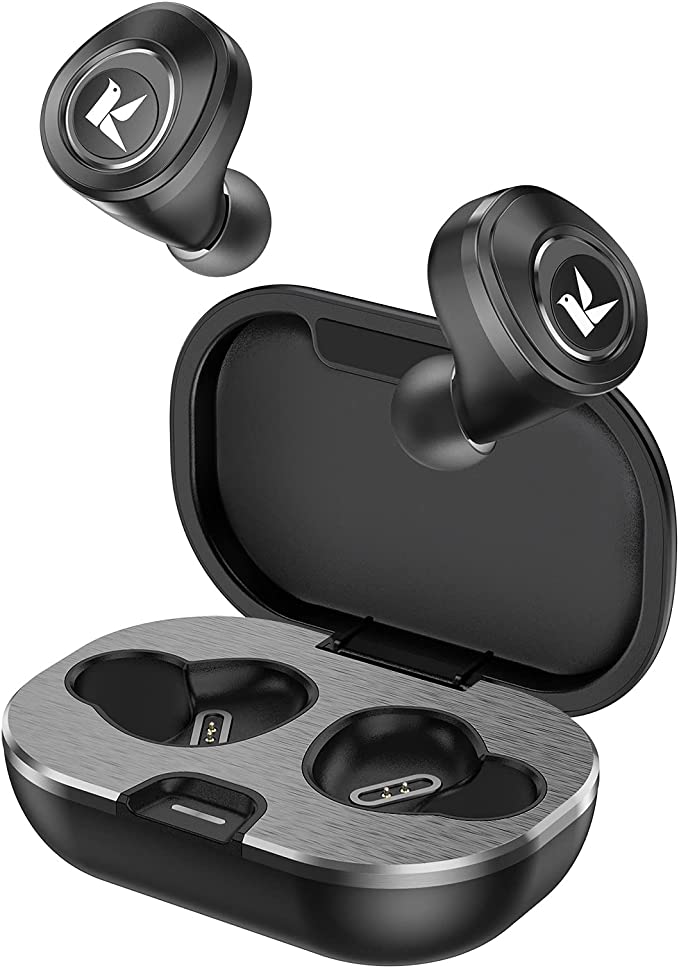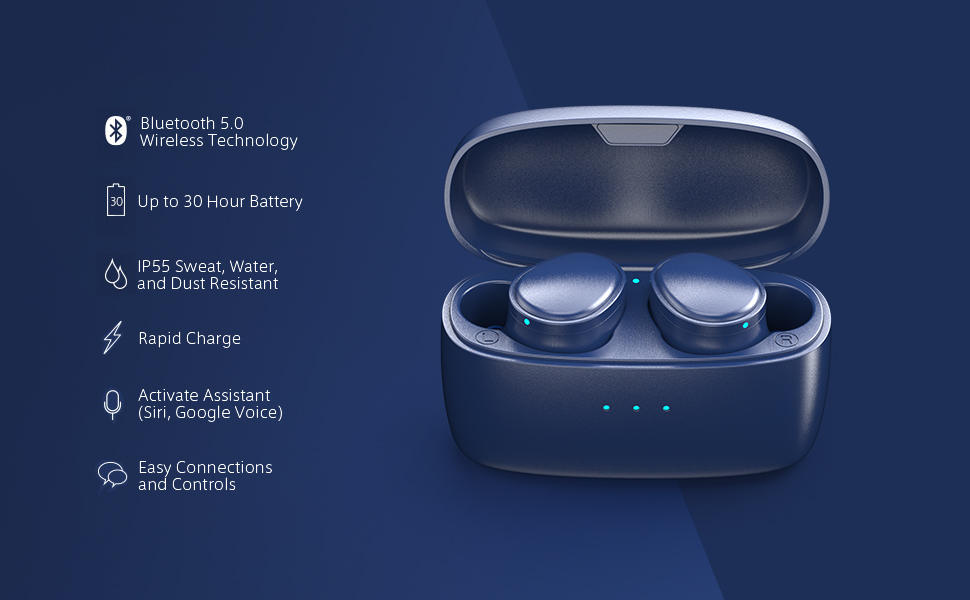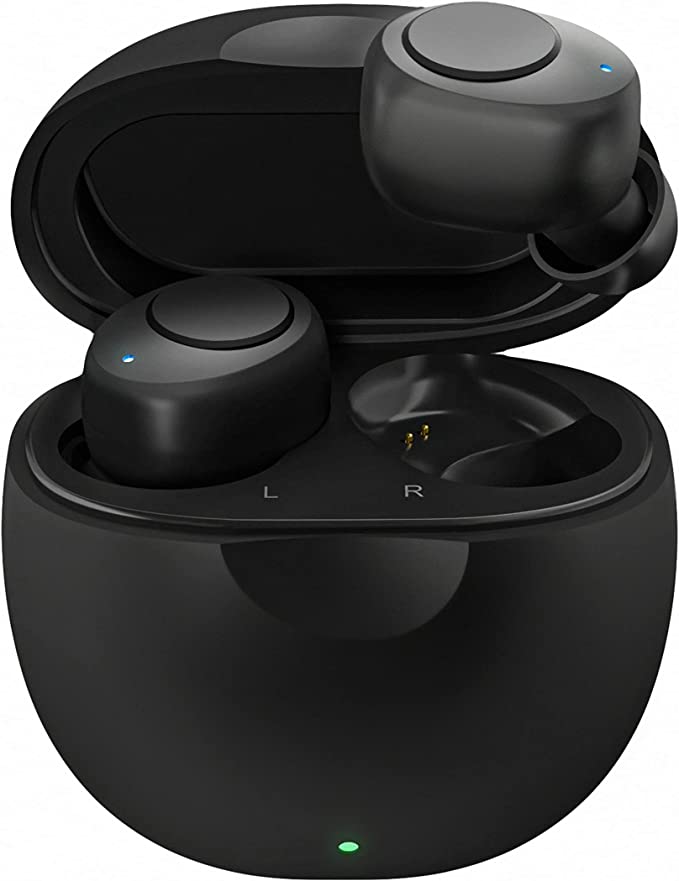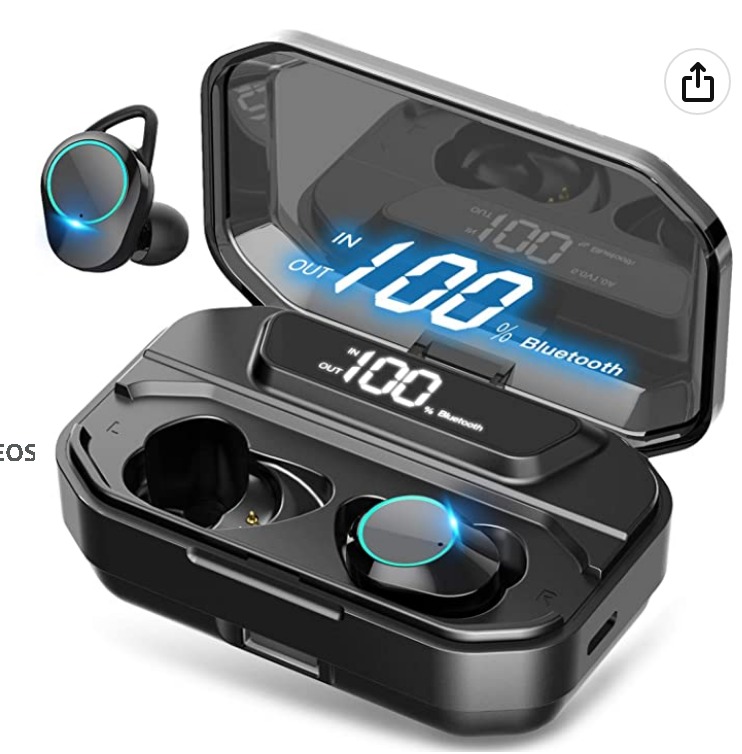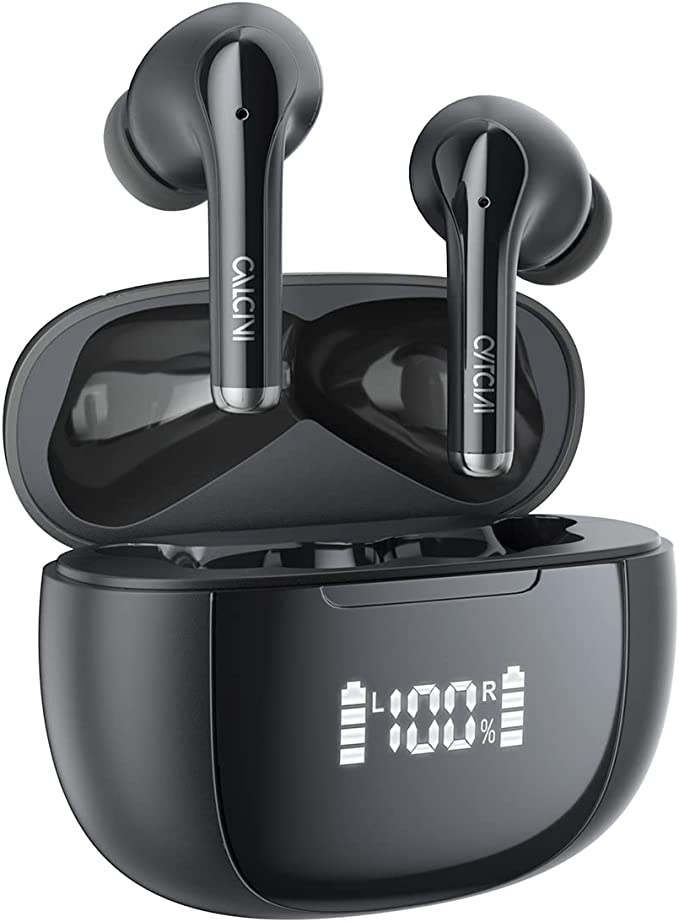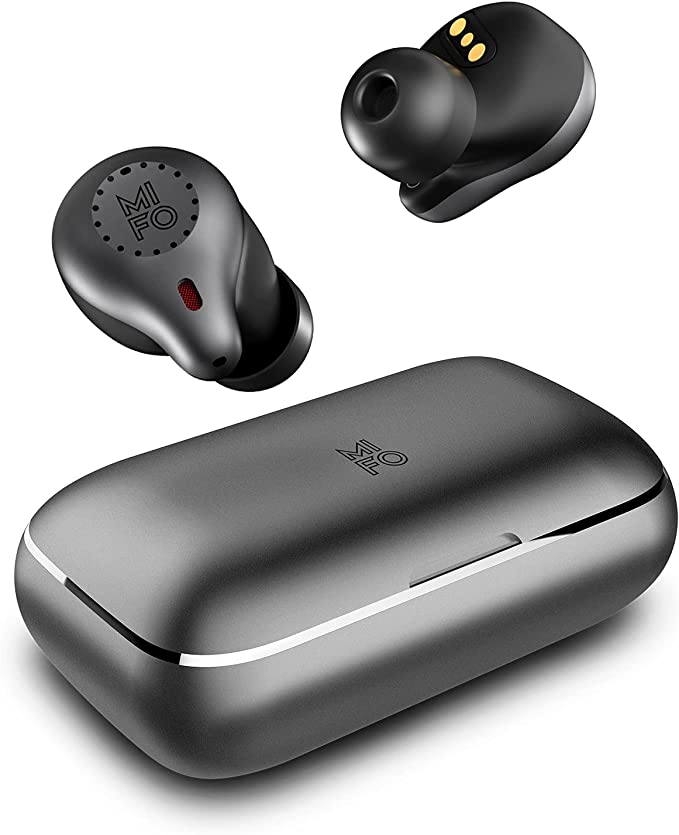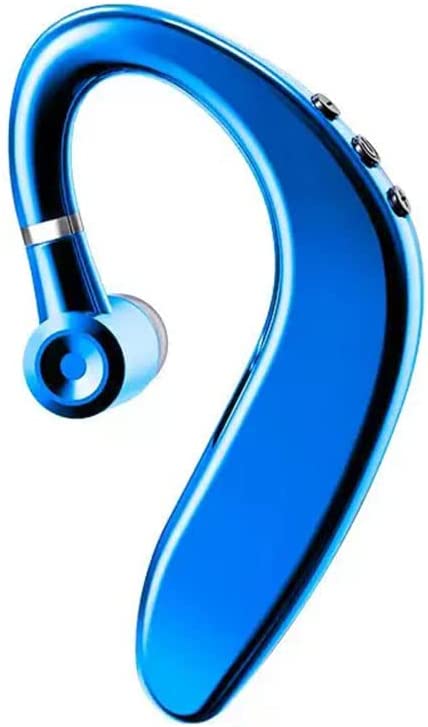GabbaGoods TrueBuds (813085025246): The Science of Untethered Sound and All-Day Power
Update on May 14, 2025, 4:20 p.m.
The digital age has relentlessly pursued the untethering of our experiences, and nowhere is this more apparent than in personal audio. The dream of truly wireless sound – music, podcasts, and calls flowing seamlessly into our ears without a single physical tether to our devices – has moved from a futuristic fantasy to an everyday expectation for many. Yet, this journey of innovation, like all technological advancements, is paved with both triumphs and tribulations, aspirational claims and the often more complex reality of user experience. The GabbaGoods TrueBuds (model 813085025246), a product from an era when True Wireless Stereo (TWS) technology was still solidifying its place, offers a fascinating case study. Let us, with an analytical eye and an appreciation for the science involved, unpack what these earbuds represented and the echoes they left in user experiences.

The Invisible Tether – Decoding Bluetooth 4.2 and Connectivity
At the very core of any “truly wireless” experience is, of course, Bluetooth technology. Think of Bluetooth as a diligent, invisible courier, constantly ferrying data packets over short distances between your audio source and your earbuds. The GabbaGoods TrueBuds employ Bluetooth 4.2, a standard finalized in late 2014. In its heyday, Bluetooth 4.2 brought significant improvements over its predecessors, particularly for low-power devices like TWS earbuds. It offered increased data transfer speeds and enhanced privacy features, making stereo audio streaming more viable and relatively power-efficient for its time. The product information also mentions “CSR technology,” likely alluding to chipsets from Cambridge Silicon Radio (later acquired by Qualcomm), a key player historically in Bluetooth audio solutions. These specialized chips are the unsung heroes managing the intricate dance of maintaining a stable connection and processing audio signals.
The promise of such technology is effortless connection. Indeed, some user accounts from the available product data for the GabbaGoods TrueBuds mention that “The Buds was very easy to charge and connect to my phone.” This highlights the ideal scenario where the technology simply works, fading into the background. However, the path of early TWS connectivity wasn’t always smooth. While Bluetooth 4.2 laid crucial groundwork, the complexities of synchronizing audio perfectly between two independent earbuds, maintaining a stable link with the source device, and handling call transitions could sometimes present challenges. User feedback for the TrueBuds, for instance, hints at some of these nuances, such as difficulties in consistently picking up incoming calls or minor inconsistencies in playback control between the two buds. This isn’t necessarily a failing of Bluetooth 4.2 itself, but rather reflective of the intricate engineering required to implement TWS reliably, especially in more budget-conscious offerings of that period. Compared to modern Bluetooth 5.x standards, which boast features like enhanced range, dual audio capabilities, and more robust Low Energy Audio protocols, Bluetooth 4.2 represented an important, yet earlier, stage in the evolution of wireless personal audio.

The Lifeblood – Power, Portability, and the Charging Pod Puzzle
Truly wireless earbuds, by their very nature, are small. This diminutive form factor presents a significant challenge: battery life. The GabbaGoods TrueBuds themselves are rated for approximately 2.5 hours of playtime per charge. In practical terms, this might cover a workout session, a couple of podcast episodes, or a moderate commute. The real key to extending their untethered utility lies in their companion: the Charging Pod. This pod, a concept now ubiquitous in the TWS world, acts as a pocketable power bank, a mobile lifeline for the earbuds. According to the manufacturer, this pod, once fully charged in under an hour via its Micro USB port, can replenish the TrueBuds up to four times, theoretically extending the total playtime to an impressive 10 hours.
The science here revolves around compact Lithium-Ion (Li-ion) batteries, both in the earbuds and the case. These batteries are favored for their high energy density relative to their weight and size. The charging pod essentially houses a larger Li-ion cell that transfers its stored energy to the smaller cells within each earbud when they are docked. This cycle of drain and recharge is fundamental to the TWS experience.
However, the gulf between lab-tested battery claims and real-world user experience can sometimes be wide, influenced by factors like volume levels, connection stability, and even ambient temperature. Some user accounts for the TrueBuds in the provided data reflect this, with mentions of them “dying super quick” or achieving closer to 2-3 hours of music playback rather than the cumulative 10 hours. There were also observations about the charging pod itself, with some users finding it a bit “bulky” for discrete pocketing or its plastic construction feeling “a bit cheap.” This feedback underscores a common theme in consumer electronics: the intricate balancing act between performance (battery capacity, charging speed), design aesthetics (size, material quality), and cost. For entry-level TWS products of that era, achieving a perfect score across all these dimensions was, and often still is, a formidable challenge.
The Sonic Signature – Navigating Sound Quality and Noise Reduction
Ultimately, headphones are about sound. The GabbaGoods TrueBuds literature promises “state of the art acoustic components” delivering “sound quality with deep bass and crystal clear treble.” Translating these laudable claims into tangible audio experiences involves a complex interplay of tiny components called drivers (the actual sound-producing elements), the acoustic design of the earbud housing, and the digital signal processing (if any) applied to the audio signal. “Deep bass” refers to the satisfying thump and fullness of low-frequency sounds, while “crystal clear treble” implies a clean and detailed reproduction of higher frequencies.
The product also mentions “noise reduction.” Given the typical design of in-ear monitors like the TrueBuds, this most likely refers to passive noise isolation. By creating a snug seal within the ear canal with the silicone ear tips, the earbuds physically block a certain amount of external ambient sound. This can significantly enhance listening clarity, especially in moderately noisy environments, without requiring the sophisticated (and more power-hungry) electronics of active noise cancellation.
The auditory experience, however, is deeply subjective and highly dependent on individual preferences, the type of audio content, and even the fit of the earbuds. User feedback on the TrueBuds’ sound profile, drawn from the available data, presents a mixed tapestry. Some found the sound “very clear” or “balanced stereo,” especially for “vocal audio” like podcasts. Yet, others reported a “washed-out” audio quality, a distinct lack of “thump” or bass, and even occasional “staticy” sound during music playback. This divergence isn’t uncommon. The tuning of earbuds – how engineers electronically and acoustically shape their frequency response – can favor certain types of content. A tuning that excels in vocal clarity for podcasts might underwhelm someone seeking a powerful bass response for electronic music. In budget-friendly audio, compromises in driver quality or acoustic engineering can also lead to less refined sound reproduction across the full spectrum. Managing expectations is key; while a truly audiophile experience is rare in this product category from that time, clarity for voice and general music enjoyment is a more typical target.
Designed for the Ear – Fit, Comfort, and Resilience in Motion
Beyond the electronics, the physical design – the ergonomics – of an earbud is paramount to a positive user experience. GabbaGoods highlights the TrueBuds’ “unique in-ear technology that never falls out” and their “ultra light-weight design.” The goal is clear: create an earbud that sits securely and comfortably, even during movement, and can be worn for extended periods without causing fatigue. For many, especially those using earbuds during workouts or active commutes, a secure fit is non-negotiable.
The claim of sweat resistance is another crucial feature for active users. Perspiration, with its salts and moisture, can be detrimental to delicate electronic components. A “sweat resistant” design typically involves careful sealing of the earbud casing and potentially protective coatings on internal circuitry to prevent ingress and damage.
User accounts from the provided data largely corroborate the comfort and stability aspects. Phrases like “light weight in my ears,” “stay put during your workouts,” and “feels comfortable in the ear” suggest that, for many, the TrueBuds achieved a commendable level of ergonomic success. This is a significant win, as a poor fit can render even the best-sounding earbuds unusable for their intended purpose, especially in active scenarios like “rocking out to Slayer and Pantera” as one user vividly described. While a “universal” fit that pleases everyone is an elusive ideal in earbud design due to the vast diversity of human ear shapes, a design that works well for a significant portion of users during exercise is a noteworthy achievement.
The Control Interface – Simplicity, Quirks, and Daily Interaction
The way users interact with their devices is a critical, though sometimes overlooked, aspect of the overall experience. The GabbaGoods TrueBuds feature a single physical button on each earbud, designed for functions like play/pause and handling calls with a double-press. Volume adjustments, as is common with many simpler TWS designs, are typically managed from the connected source device. The marketing emphasizes “No wire, just buds,” highlighting the core simplicity of the truly wireless proposition.
However, translating this intended simplicity into a consistently intuitive user experience can have its hurdles. One detailed user account in the provided data mentioned that the “instructions are confusing,” leading to initial setup frustrations. Issues like inconsistent pickup of incoming calls, the microphone being present only on the left earbud (a common design choice in some earlier TWS models to save power or simplify design), and occasional inconsistencies with play/pause synchronization between the two earbuds were also noted. These observations point to the learning curve and potential operational quirks that can accompany new technology form factors, particularly in their earlier iterations or more budget-focused implementations. While single-button controls aim for minimalism, they can sometimes overload a single input with too many functions, or the timing of presses (single, double, long-press) might not always be registered as intended, leading to user frustration.
Closing Thoughts: The True Wireless Journey – Evolution, Expectation, and Value
The GabbaGoods TrueBuds (813085025246), viewed through the lens of their time and the available user feedback, serve as an insightful microcosm of the broader true wireless audio evolution. They represent an accessible entry point into a world free of headphone cables, packaging technologies like Bluetooth 4.2, portable charging, and sweat resistance into a compact form factor. The manufacturer’s claims painted a picture of seamless convenience and quality sound.
The user echoes, however, add essential layers of nuance, revealing a spectrum of experiences where the promise met reality with varying degrees of success. Connectivity, battery life, and sound quality – the holy trinity of headphone performance – showed variability, a common narrative for early-generation TWS devices, especially those aiming for affordability. This isn’t to diminish the product’s intent or the positive experiences some users clearly had, particularly regarding comfort and fit for active use. Rather, it highlights the inherent trade-offs in consumer technology: innovation often arrives with developmental rough edges, and “value” is a complex equation balancing cost, features, and real-world performance.
The journey of true wireless audio has advanced significantly since the era of Bluetooth 4.2 dominance. Newer standards, improved battery technologies, refined acoustic engineering, and more sophisticated user interfaces are now common. Yet, products like the GabbaGoods TrueBuds played a vital role in that evolution, democratizing access to wireless audio and, through both their strengths and shortcomings, helping to shape consumer expectations and drive the industry towards the more polished and diverse TWS landscape we enjoy today. The quest for that perfect, affordable nexus of wireless performance and user delight remains an ongoing, fascinating endeavor.

